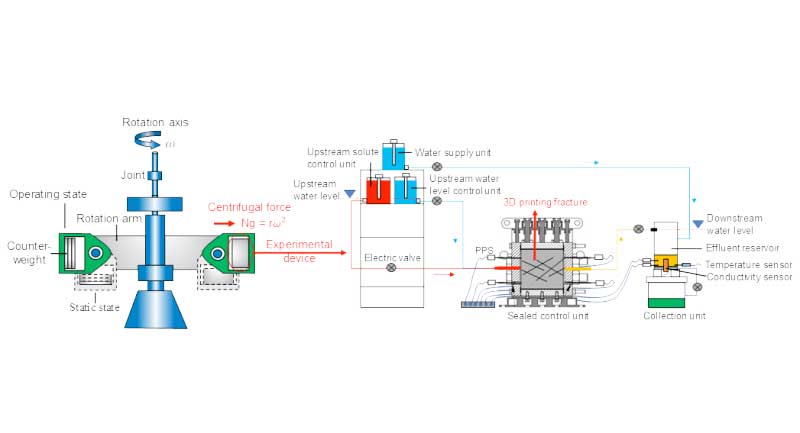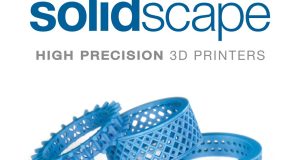Researchers from the Chinese Academy of Sciences have developed a new method for simulating the long-term migration of radionuclides in large-scale fractured rocks. Deep geological disposal is a safe method for long-term storage of highly radioactive waste. However, there is a risk of leakage and release of radionuclides into the surrounding fractured rocks.
Until now, it has been nearly impossible to observe such long-term transport processes in the field. Now, researchers have developed an acceleration-gravity method using geotechnical centrifuge models. This can be used to simulate transport processes in small-scale fractured rocks.
It was challenging to create fracture models with complex structure and low permeability that approximated natural conditions. This is where 3D printing technology helped. Fracture models with adjustable permeability were created.
With these 3D models, the scientists conducted normal-gravity and N-fold gravity experiments. This allowed them to evaluate the long-term barrier effect of low-permeability fracture rocks.
According to the researchers, this is a breakthrough for the deep storage of radioactive waste. The method helps to test the suitability of repositories over long periods of time.
More can be found in the paper “Hyper-gravity experiment of solute transport in fractured rock and evaluation method for long-term barrier performance“.
Subscribe to our Newsletter
3DPResso is a weekly newsletter that links to the most exciting global stories from the 3D printing and additive manufacturing industry.























